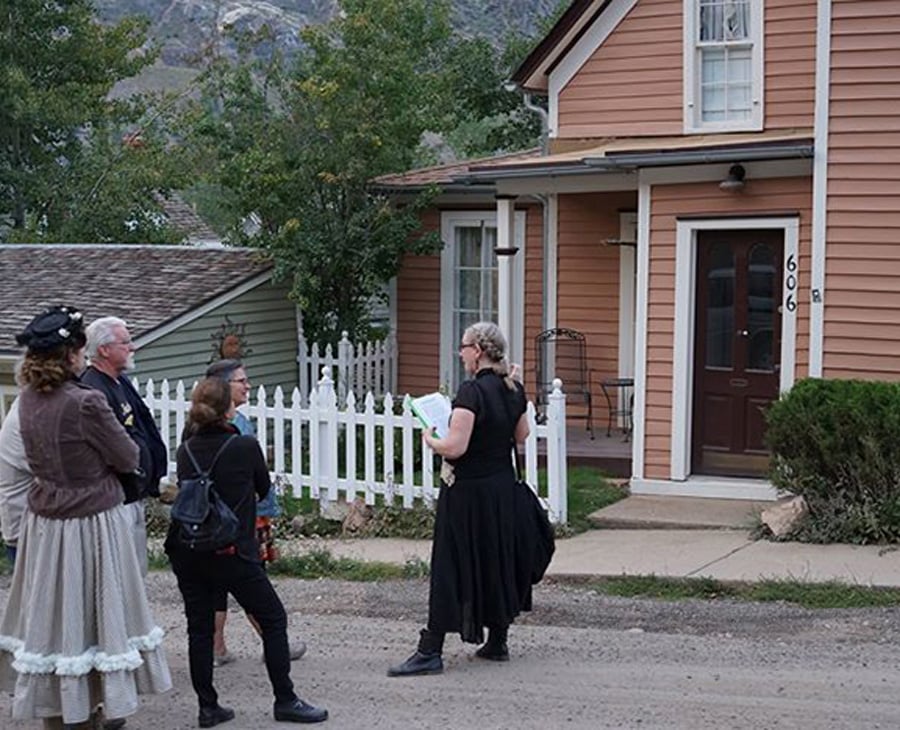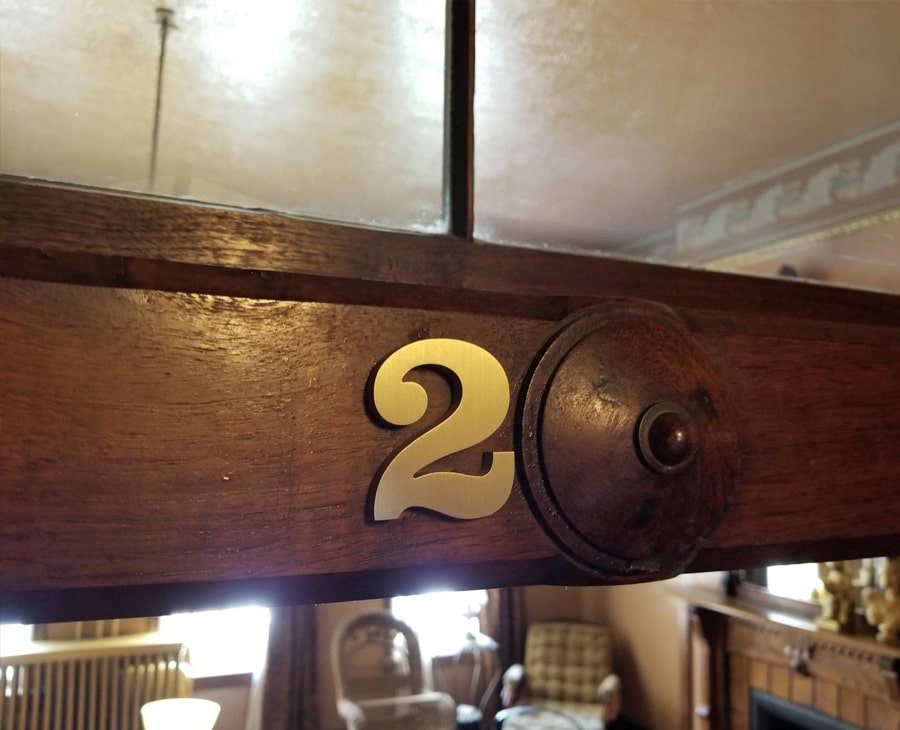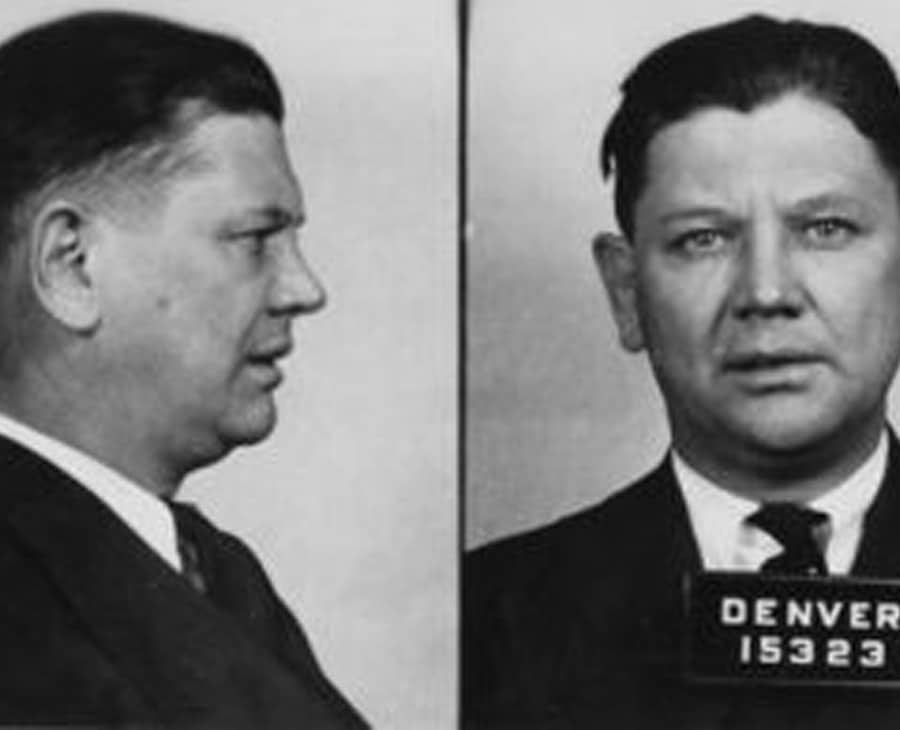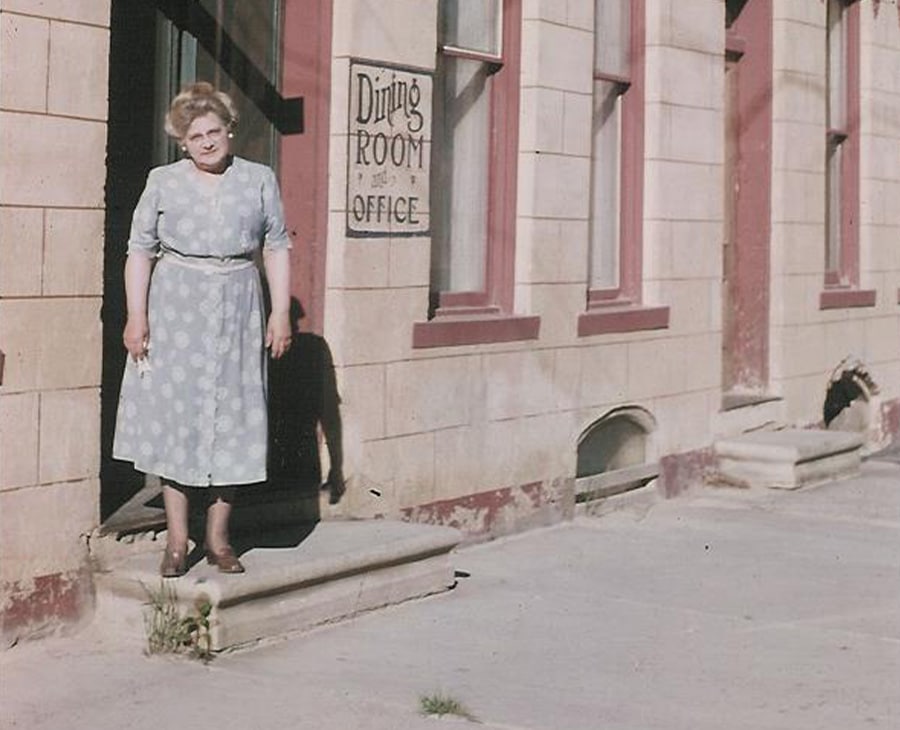Georgetown’s Famous French Inn Grew Vegetables in a Seemingly Modern Way
Georgetown’s Famous French Inn Grew Vegetables in a Seemingly Modern Way
A couple of years ago, Slashfood.com reported on a kitchen garden trend at hotels, resorts, and chef-driven restaurants.
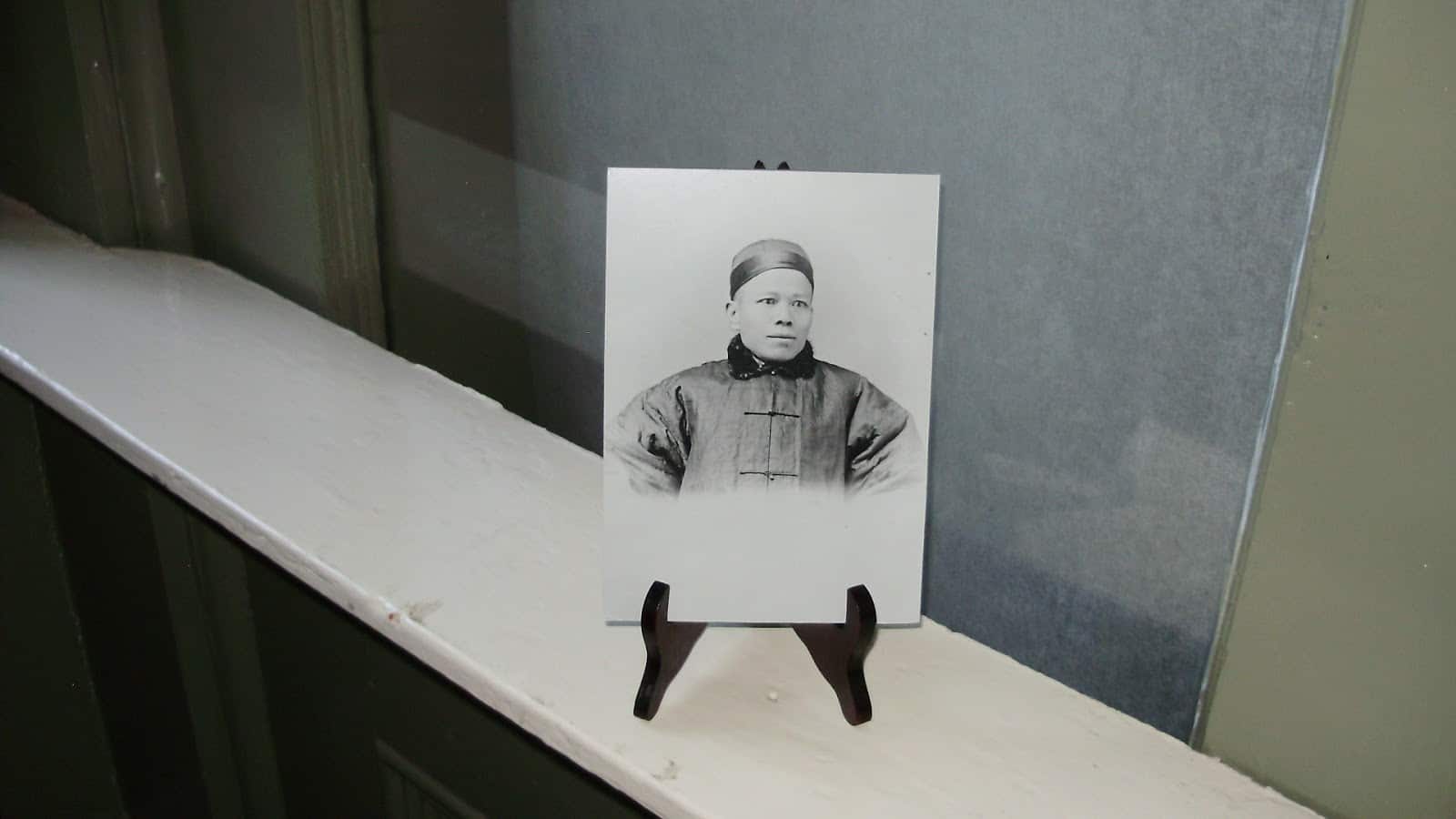
The reality is that Louis most likely thought of his kitchen garden as a jardin potager and was simply doing what cooks and chefs had done for centuries. Landscape historians Rudy and Joy Favretti wrote in their book Landscapes and Gardens for Historic Buildings, “Vegetable gardens…would have been an important part of the grounds of an inn because vegetables were necessary for food for the inn-keeper, his family, and his guests.” It appears Dupuy had help keeping his vegetables, as the 1885 Colorado Census indicates John Touk (a Chinese immigrant) lived at Hotel de Paris and was employed as a gardener.
Today, the practice of growing herbs and vegetables near where they will be prepared and served is seen as not only economical, but expeditious and environmentally-aware due to the elimination of the negatives associated with transportation and its use of fossil fuels and consumption of land…and the history and nostalgia that go along with this self-sufficient practice has a bit of appeal, too.
East Courtyard, Hotel de Paris
The eastern service entry is comprised of an enormous granite lintel supported by massive granite piers and ornamented by the zinc statue Reclining Lion. For more about the zinc statuary found at Hotel de Paris Museum™, please see my March 9, 2011 blog post All That Glitters Is Not Necessarily Gold.
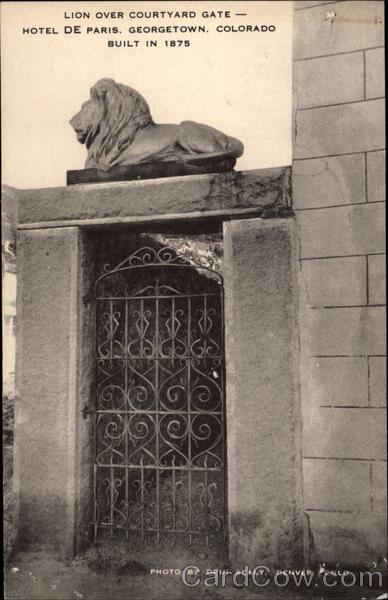
Courtyard Gate
This entrance is secured by an ornamental iron gate that incorporates geometric motifs (such as scrolls, twists or spirals, diamonds, hearts, and waves) and a plant motif (roses). The narrow walkway was likely paved with lime mortar to form a hardened path into the walled kitchen garden area. The rubble walls were constructed of native boulders; the lime mortar was most likely made of discarded oyster shells from “Louis’,” the first-class French restaurant that operated within Hotel de Paris and was known for its offering of oysters served raw, stewed, fried or escalloped.
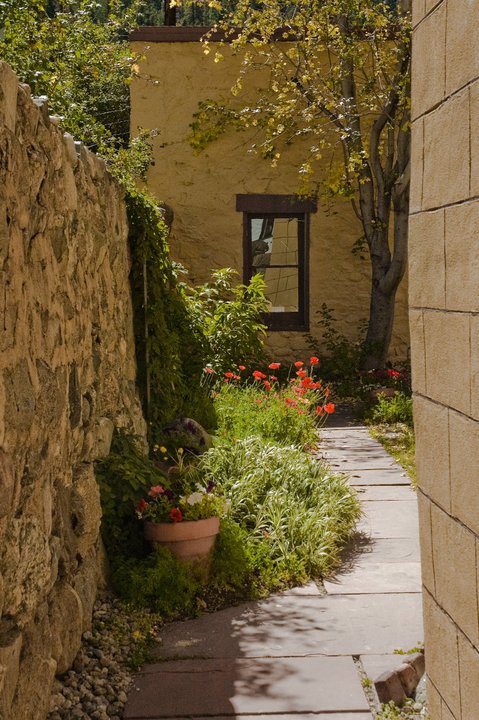
East Courtyard
Fire place and cooking stove ashes were once discarded in the East Courtyard. Wood samples recovered through archaeology indicate a flag pole or clothesline pole may have also been found in this area, which was used for deliveries and for access to sleeping rooms offered at a lesser rate than in the hotel proper.
The eastern court has extensive historic stone paving, ranging from cobbles to blocks. These stones are believed to be the original surface of the courtyard. The presence of the rockwork indicates the area was unlikely utilized fully as a garden, although it is known that vegetables, flowers and herbs grew here. The remnant of a water pump also implies the area was cultivated to some degree. Small-scale gardening included ornamental plants, such as roses and lilies, and some field crops, such as spinach and chicory.
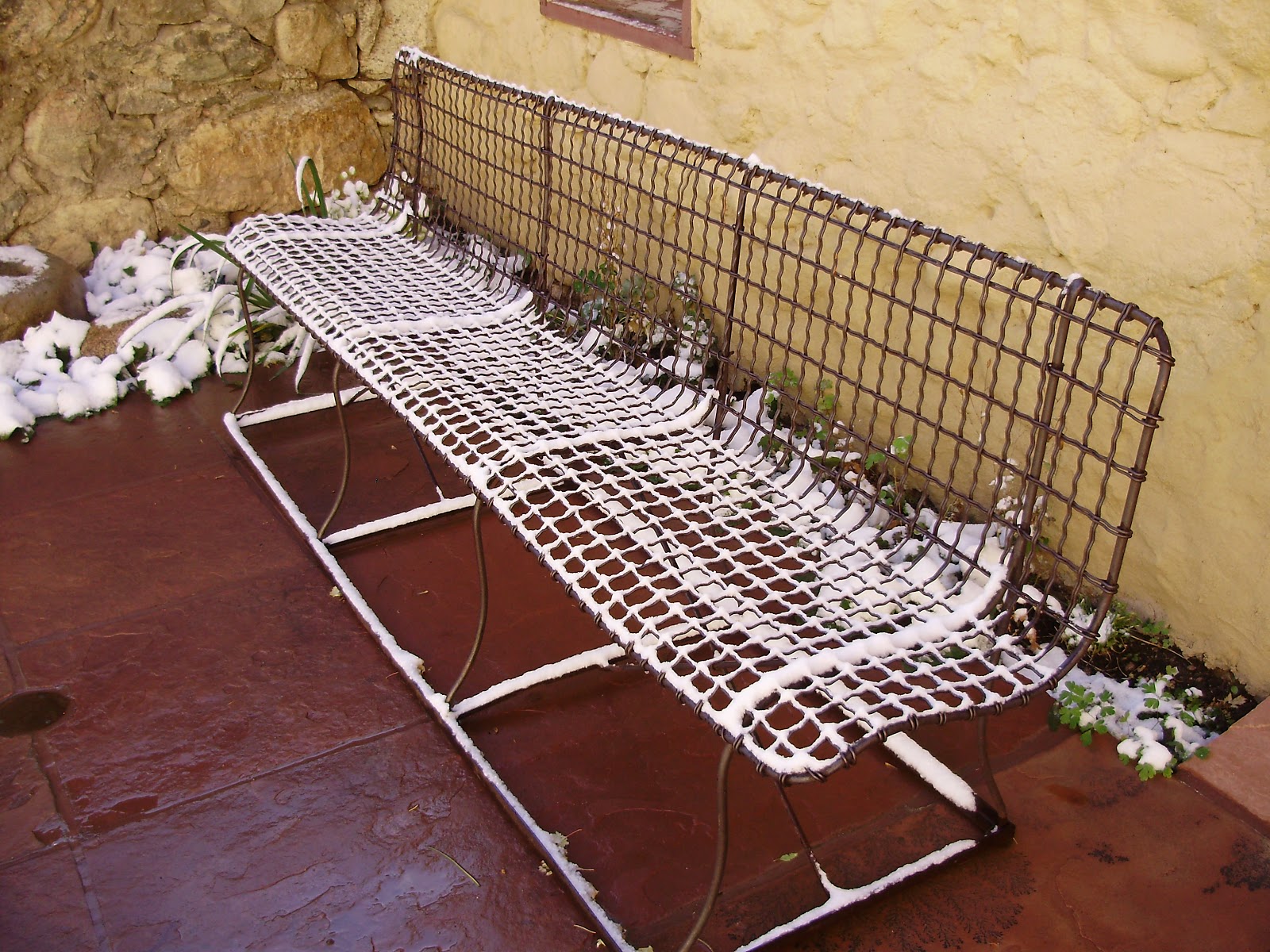
Woven wire bench and Lyons sandstone
In 2010, Lyons red sandstone walkways and curbing were installed and the current kitchen garden or jardin potager was added for educational purposes and based on archaeological findings. Today, the kitchen garden serves as a display garden for the cultivation of beets, Swiss chard, tomatillos, and sunflowers. Other flowering plants in the East Courtyard include muscari, chives, hollyhocks, and columbines. A woven wire bench has migrated around the property over the years, but has been on-site at least one century.
West Courtyard, Hotel de Paris
The South Alley, a narrow access corridor, connects the East Courtyard to the West Courtyard between the Annex building and kitchen. The western court was a service yard that was used historically for butchering and storing meat. The original iron meat hooks remain on the exterior masonry wall of the hotel’s kitchen.

South Alley
Sublime views of Republican Mountain and Sunrise Peak present themselves above a rubble wall topped with a painted wood balustrade that once adorned the Powers Building (ca. 1870). This commercial property was leased by the Delmonico Bakery until 1875, the year Louis Dupuy established Hotel de Paris. When Dupuy later purchased the building, he extensively renovated the structure and eventually removed the railing and reinstalled it on the wall of his West Courtyard.

Railing in original location on the Powers Building (above) and re-used on the West Courtyard wall (below).

Harrison’s yellow roses, planted as early as the 1870s in Georgetown, were added to both courtyards in the 1970s. Other ornamental flowers include poppies, penstemon, and harebells.
Hours: The courtyards are open to the public Memorial Day through Labor Day. Mondays-Saturdays 10 AM – 5 PM; Sundays 12 PM – 5 PM.
Admission: Free to courtyards. A small fee is charged for guided tours of Hotel de Paris Museum™. A tour schedule and admission fees for the museum may be found at www.hoteldeparismuseum.org
Sign up for Our Newsletter
We will process the personal data you have supplied in accordance with our privacy policy.

